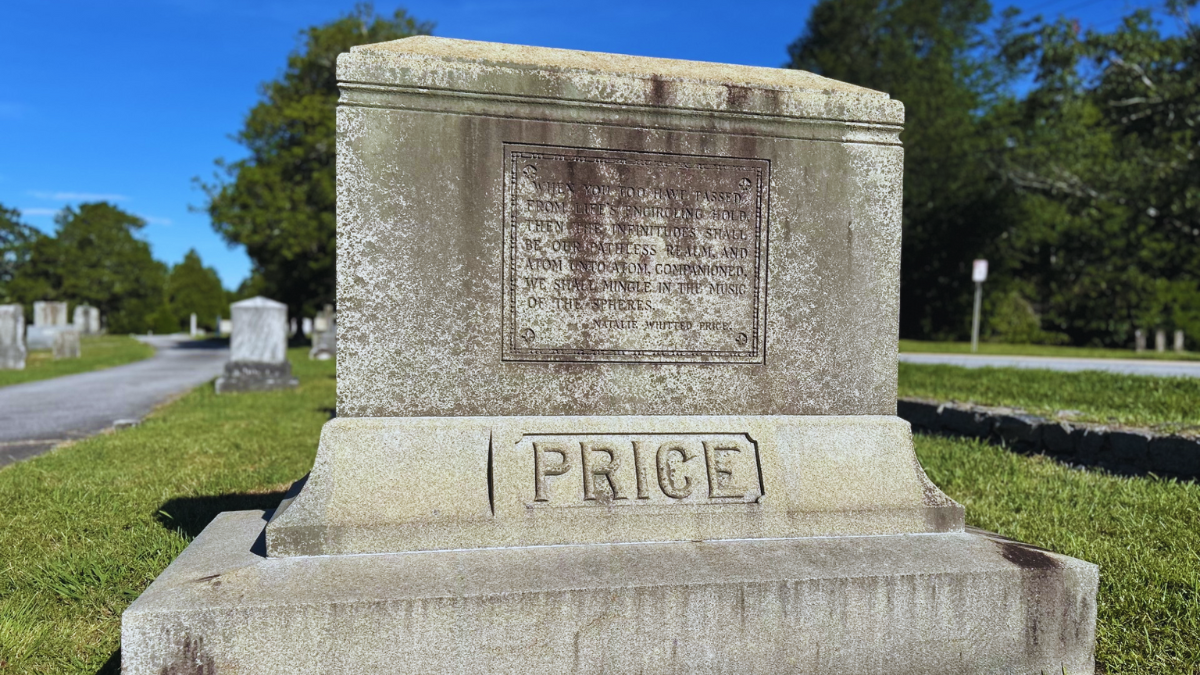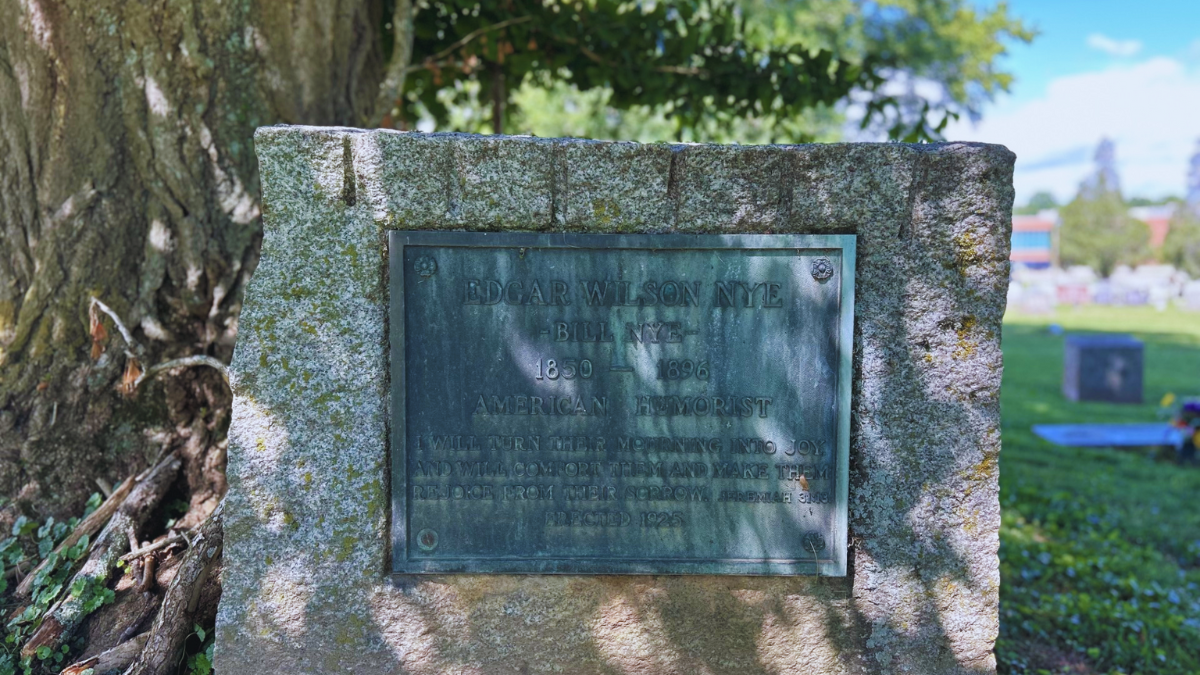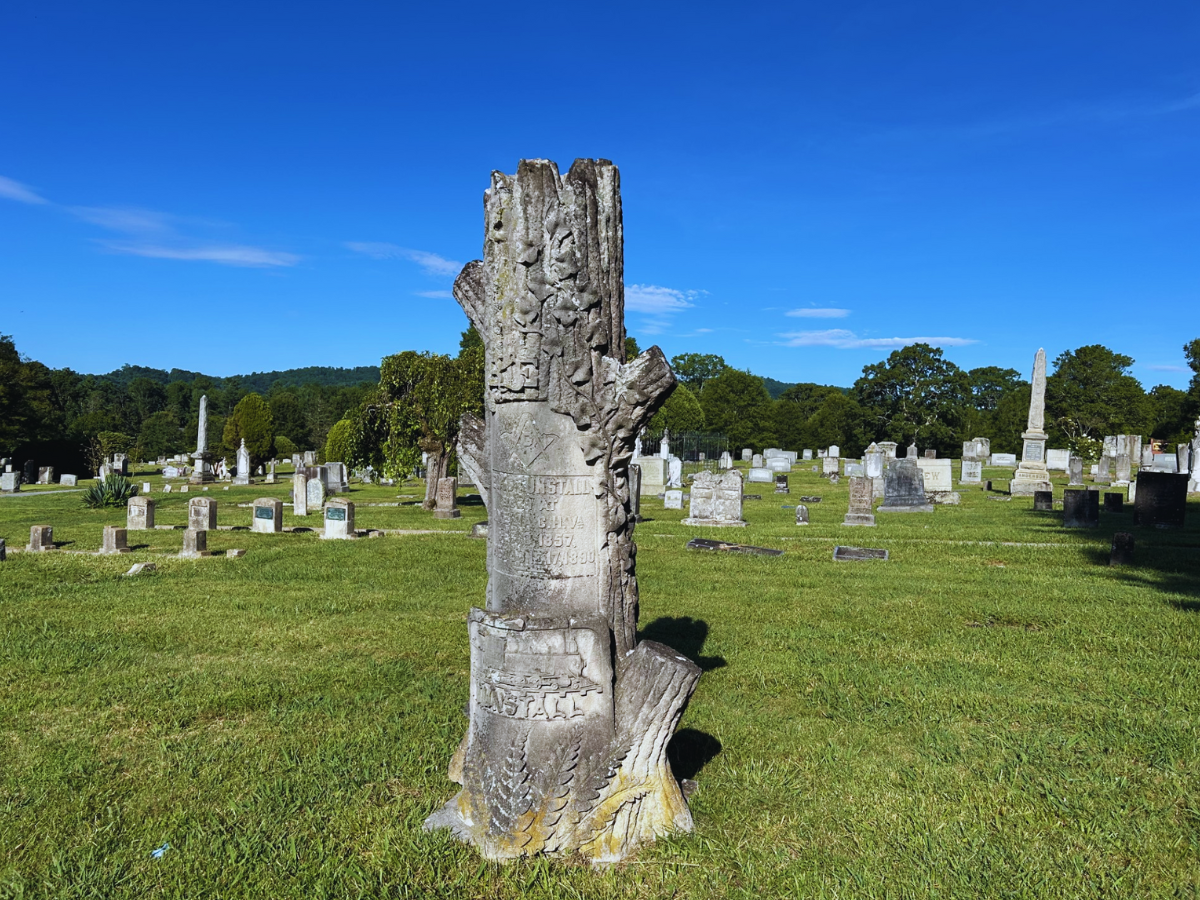Editor’s Note: Western North Carolina is rich with untold stories—many resting quietly in local cemeteries. In this Tombstone Tales series, we explore the lives of people from our region’s past whose legacies, whether widely known or nearly forgotten, helped shape the place we call home.
ASHEVILLE, N.C. — The zinc monument in Riverside Cemetery is plainspoken about what happened to Ben Addison. Its face bears a short epitaph: “Killed by a Desperado.” The words point to a violent night downtown on Nov. 13, 1906, and to a life that helped anchor Asheville’s Black business district before gunfire cut it short.
Benjamin Franklin Addison was likely born around 1847 in Fredericksburg, Va. Research compiled by local historians says he served late in the Civil War, spent time in Boston and South Carolina, and arrived in Asheville by 1892, when he married Catherine Haywood. Together the couple operated restaurants and shops and bought property in and around the commercial hub later known as the Block.
Reports at the time described him as a “worthy, respectable man” who was shot inside his store on Eagle Street on a Tuesday night when a man identified as Will Harris moved from a confrontation on Valley Street into a running exchange of shots with police and bystanders.
Officer Charles Blackstock died at the scene. Officer James Bailey fell later near Pack Square. Bullets also struck civilians, including Addison, who was mortally wounded at his grocery doorway. Harris fled as fear spread across town.
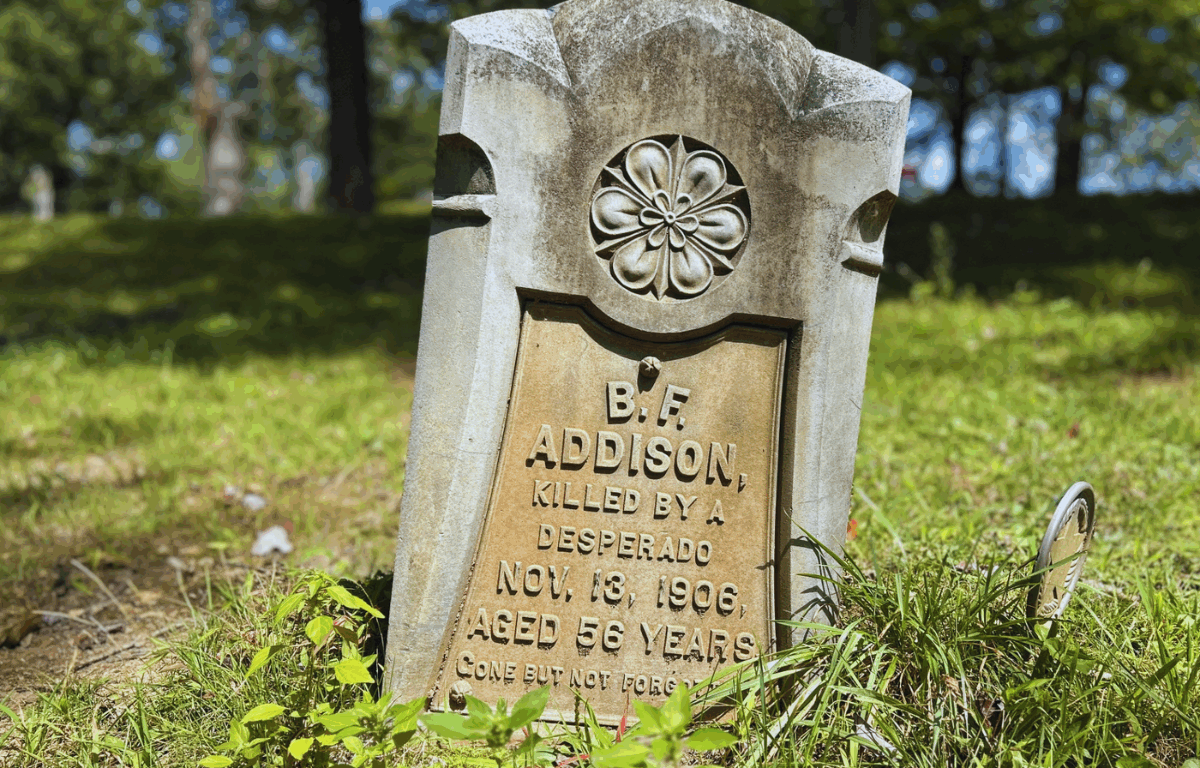
The hunt for Harris drew hundreds. Armed civilians joined law officers, some with rifles borrowed from a pawn shop. Two days after the killings, searchers cornered Harris outside Fletcher and killed him.
Addison’s death echoed beyond crime columns. It cut into the fabric of Eagle Street, where he and Catherine worked and invested. Along with their middle-class prosperity built in a time and place that often restricted it, Addison was active in the community as a member of the Elks Lodge. He is also listed in historical records as a sponsor of the Young Men’s Unity Sporting Social Club.
Riverside Cemetery preserves Addison’s story in the cemetery’s walking tour which lists him among notable burials and notes the epitaph that draws visitors to his plot in the historic African American section.
The rampage found its way into American literature. Years later, Asheville native Thomas Wolfe reworked the event in his short story “The Child by Tiger,” transforming the gunman into fiction and forcing readers to confront the violence and racial climate of the early 20th-century South.
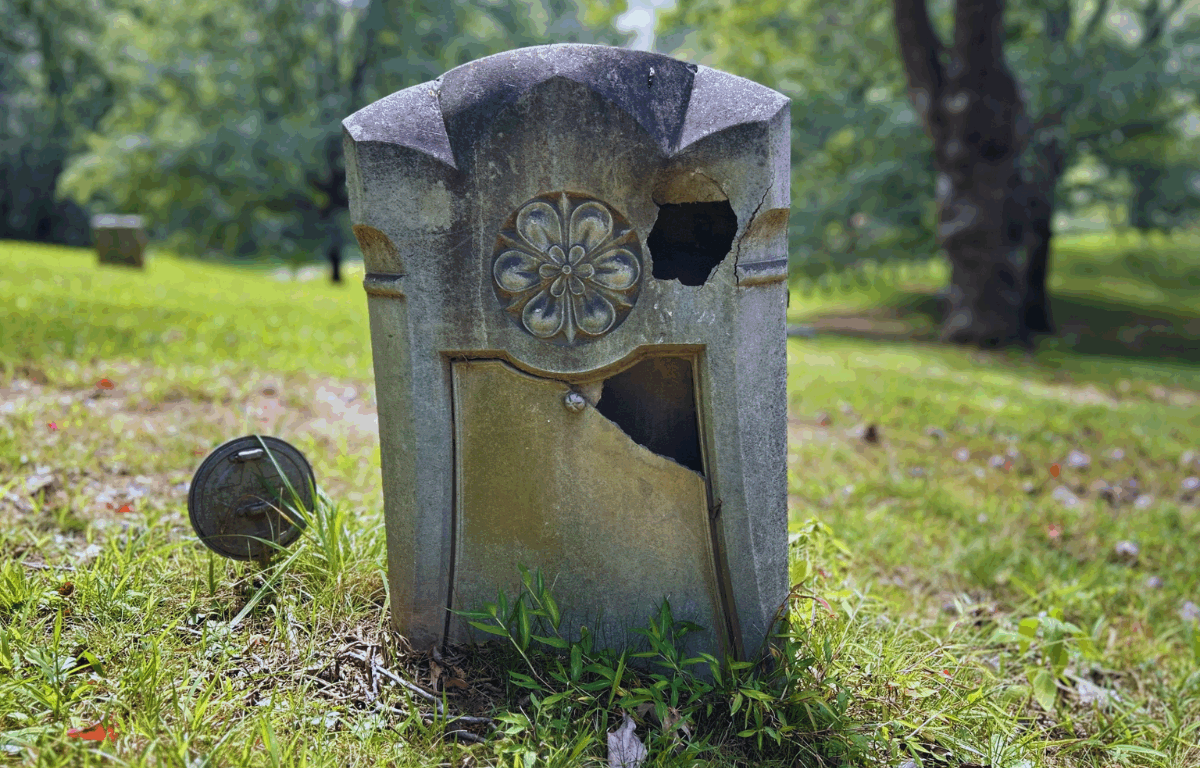
Addison’s grave offers a direct connection to that past. What remains clear is that he kept a grocery, married, invested, and lived as a participant in Asheville’s Black commercial core until violence found him at his own doorway. The neighborhood history fills in the person behind the epitaph.
Visitors who walk Riverside’s hills today can still find Addison’s resting place, but the monument is small compared with the story it represents. It carries the date, the age and five spare words that preserve the memory of a Black merchant whose work sustained a community until the night a desperado came through town.



